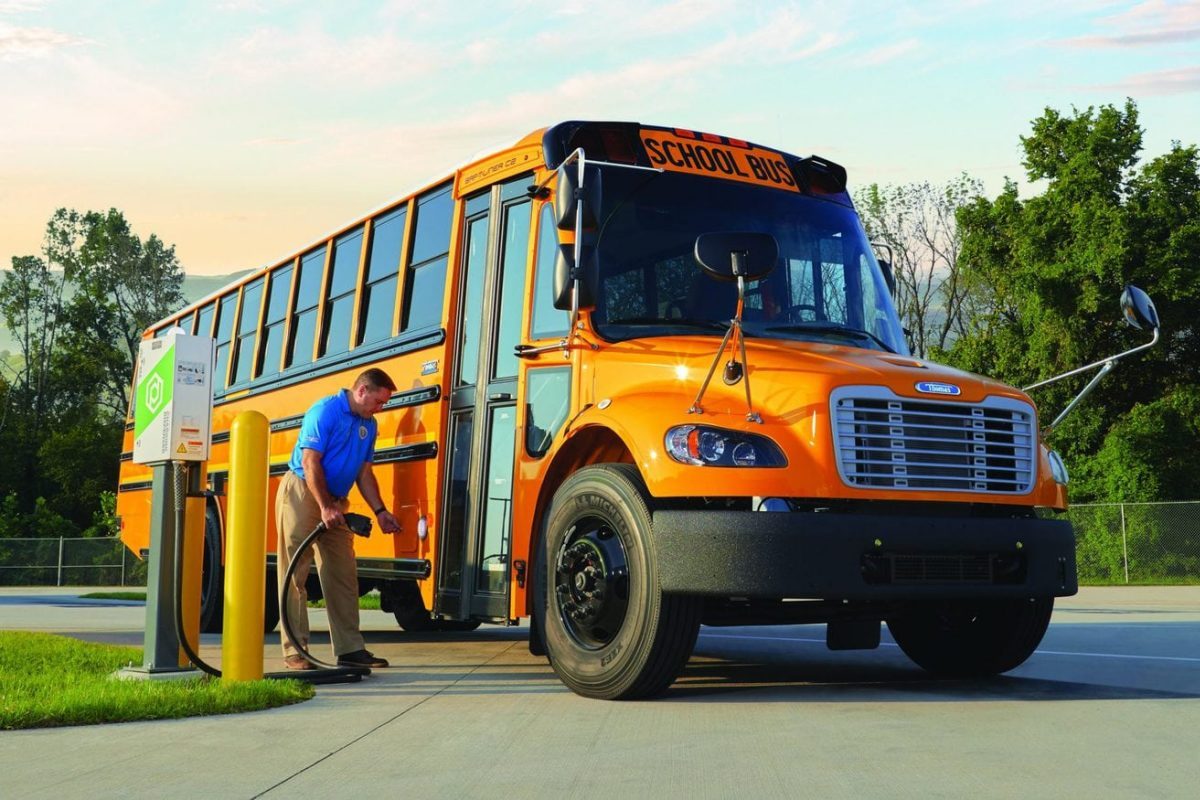Traditional school buses travel more than four billion miles yearly, delivering the safest daily transportation to and from school for American children. Nevertheless, the diesel exhaust from these traditional buses can add to air quality problems that hurt human health, particularly for children with faster breathing rates than adults and with lungs that are not yet fully developed.
Indeed, the clean school bus program strives to promote low and zero-emission vehicles that transport children to school. School bus fleets will benefit by employing the cleanest and newest technologies available. The Bipartisan Infrastructure Law (BIL) offers funding of $5 billion over five years (FY22-26) for replacing existing school buses with low and zero-emission school vehicles. 50% of the budget is for zero-emission school buses, and the other half is for clean school buses.
The zero-emission school bus is a bus that yields zero exhaust emissions of any air pollutant and any greenhouse gas. Meanwhile, as defined by the BIL, the clean school bus is a school bus that diminishes emissions and is operated wholly or partly by an alternative fuel or a zero-emission bus.
Suitable Recipients

Qualified recipients of the program funding are the following:
- Tribes, Tribal Organizations, and Tribally Controlled Schools
These entities are responsible for providing a school bus service to one or more Bureau-funded schools or purchasing school buses for this program.
- State or Local Governmental Entities
Such entities shall provide school bus service to one or more public school systems or purchase school buses for this program.
Usage Requirements
All replacement low and zero-emission school buses must be used as part of the school feet for which the award was made for not less than five years.
Funding
Rewards up to 100% of the replacement cost of the bus and charging or fueling infrastructure. The EPA may fund bus replacements and infrastructures through contracts, rebates, or grants.
EPA can also prioritize the applications of low-income area schools, rural schools. tribal schools, high-need local education agencies, and those that give cost share through school bonds, funding of other entities, and public-private partnerships.
